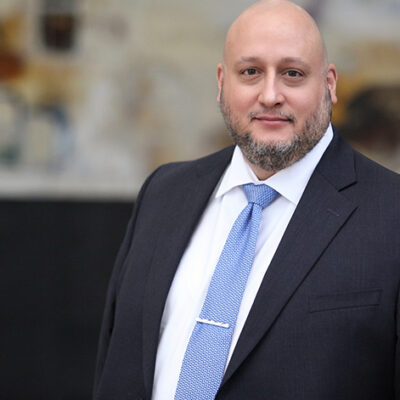Amgen is Not the End of Chemical Innovation
July 17, 2023 • 3 min read
Some chemical innovators have found the recent Supreme Court decision in Amgen v. Sanofi to suggest that chemical inventions will be subject to new and draconian disclosure standards going forward. A few have even suggested that it puts all chemical patents at a heightened risk of invalidation. To the contrary, Amgen changes little to nothing in patenting most chemical inventions. Moreover, the “new” rule adopted by the Supreme Court in Amgen is the same “full scope” requirement we have lived with for decades under Federal Circuit law.[i] That is, patentees must enable the full scope of their claimed invention, or else the claims are invalid.
Putting Amgen in context, Amgen’s invalidated claims were drawn to an entire genus of antibodies in purely functional language. That is, the claims were not limited by any chemical formula, chemical structure, or amino acid sequence. Rather, the claims encompassed any antibody having two named functions. If an antibody binds to the PCSK9 protein and inhibits that protein from binding to LDL receptors then it is within the scope of the claims. According to Amgen, their claims likely encompassed hundreds of antibodies, but according to Sanofi the genus could contain millions of antibodies. In any event, it was undisputed that based on the number of possible permutations of the amino acid sequence, the candidates that may or may not have the claimed functionality numbered in the millions. The law requires patentees to enable the “full scope” of the claimed invention, without undue experimentation. Meanwhile, even if Amgen’s claimed genus numbers in the mere hundreds, in order to identify every member of the genus one must make and test each of the millions of candidates. Not even Amgen was willing to do that. The problem with Amgen’s claims was not so much the size of the claimed genus as the number of candidates that would have to be tested to identify the members of the genus. [ii]
Similar to Amgen, chemical genus claims can be quite large. Chemical patent attorneys routinely use Markush claims to capture a large number of species under one genus. However, the critical distinction between this common practice and Amgen’s claims is that a Markush claim is drawn to structural rather that functional limitations. Every member of the genus can be known without entering the laboratory. The remaining question is whether they can all be made and used according to the methods described in the specification. For that, we need working examples written into the application as evidence that the claim scope is warranted. The number of working examples to include is a matter of professional and scientific judgment, but as a general rule if it is not scientifically reasonable to infer that a given species can be made and used according to the methods already disclosed in the application then you should either exclude the species or return to the laboratory for another working example. Regardless of Amgen, this has been and remains well-established practice in chemical patent drafting.
The enablement problems encountered by Amgen can be avoided by adhering to two simple principles. The first and perhaps the easiest is to avoid functional claiming. Functional claim language is vague by nature, and inherently prone to invalidity on indefiniteness, enablement, and written description grounds. Second, is to include as many working examples as you can muster, and to select your examples strategically so that they can be used to reasonably infer methods for making and using the species that are not explicitly represented with a working example.
In short, chemical innovators have ample guideposts for drafting even large genus claims. All of them can be summed up in Amgen’s simple pronouncement that “the more one claims, the more one must enable.”[iii]
Mr. Frisina is a partner in the intellectual property practice at Buckingham Doolittle & Burroughs LLC. Attorney Frisina is a specialist in patent and trademark law, having prosecuted hundreds of chemical, electrical, and software cases. His practice encompasses preparation and prosecution, licensing, and litigation matters.
(d) 216.736.4239
[i] See e.g. Erfindergemeinschaft UroPep GbR v. Eli Lilly and Company, 276 F.Supp.3d 629 (2017); AbbVie Deutschland GmbH & Co., KG v. Janssen Biotech, Inc., 759 F.3d 1285 (2014); Ariad Pharmaceuticals, Inc. v. Eli Lilly and Co., 598 F.3d 1336 (2010); In re Wright, 999 F.2d 1557 (1993)(“Although not explicitly stated in section 112, to be enabling, the specification of a patent must teach those skilled in the art how to make and use the full scope of the claimed invention without ‘undue experimentation’”.).
[ii] Wyeth and Cordis Corp. v. Abbott Laboratories, 720 F.3d 1380, 1385 (Fed.Cir.2013)(“The remaining question is whether having to synthesize and screen each of at least tens of thousands of candidate compounds constitutes undue experimentation. We hold that it does.”).
[iii] Amgen v. Sanofi, Slip Op. at 3; 598 U.S. ___ (2023).
